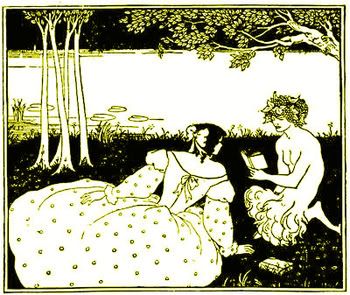
When I hear a song, and when I hear an artist for the first time, I usually hear the music before the words. I am drawn in by the melody, or maybe something in the arrangement, or the groove. Sometimes, I go years without knowing what a favorite song is about. But that doesn’t work, and isn’t fair to the artists, when I am covering someone here. So running this blog for the last three years has taught me to listen in a new way. There are times when the rewards are great. Some songs are beautiful as poems first, with a musical setting, in the best case, that perfectly compliments the words. Here then are five such songs. It may not be the case, but I imagine as I listen to them that the words were written first, and then the music was created afterwards to enhance the meaning. These songs not only made me appreciate the words, but also led me to consider what a poem is, and what it can do.
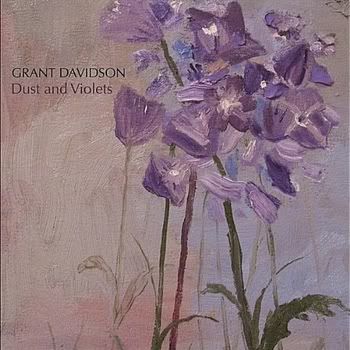
Grant Davidson: Up and Leaf
[purchase]
The image at the top of this post suggests a type of poem that celebrates nature in rhapsodic terms. Grant Davidson, in Up and Leaf, uses the image of a nesting bird as an extended metaphor. The narrator is a man who wants his relationship with a woman to go in a certain direction. But he is having trouble telling her directly, so he resorts to the metaphor. All at the same time, Davidson tells a story of a relationship, clearly explains his character’s state of mind, and renders his images beautifully. And this in the space of a few short lines. Up and Leaf is a marvel of concise writing, and just one of many examples on this album. The music on the album ranges from folk to country, all with a beautifully understated approach that focuses the listener on the words.
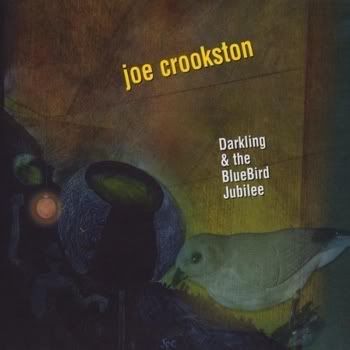
Joe Crookston: The Nazarene
[purchase]
Joe Crookston is a folk-based artist who creates musical settings with textural elements that take his listener out of their comfort zone. His words do the same thing, to powerful effect. The Nazarene is a fine example. This is the story of an almost-normal family. The song is narrated by the son. There is the father who coaches his Little League team. And there is the mother, who lives in a mental institution, and believes that she is Jesus. Crookston could tell this as a sort of horror story, but he does something far more remarkable. He tells of how father and son go to visit the mother, and how they participate in her delusions when they are with her. Crookston presents this as an act of love, and the love is what comes through to the listener. Other songs also dwell on the theme that our emotional reactions are not always what others might expect. A widower expresses sorrow at the loss of his wife, but he is also angry at her for leaving him alone. There is a folktale which I know as “That’s Good, That’s Bad”, and it makes perfect sense that Crookston has turned it into a song here. A farmer’s neighbors show up alternately to congratulate him on his good luck, or to commiserate when apparent misfortune strikes. But the farmer assures them in each case that things may not be as good or bad as they seem. Crookston knows that human emotions are complex, and he finds a way to convey this complexity brilliantly in the space of a short song.

Mark W Lennon: Home of the Wheel
[purchase]
I had to listen to Home of the Wheel, the song, more times than the other songs in this post. I needed to convince myself that Mark W Lennon could not have been present for the events described in the song. Yes, indeed, Lennon does tell us that this happened the day his father was born. Lennon is a very visual writer, and his songs have an immediacy that sounds like the songs are drawn from personal experience. Home of the Wheel tells of a hurricane that struck in 1938, and I can see the changing colors and textures of the sky as I listen. In other songs on the album, I can see the wrinkles on people’s faces as they talk. The music is on the border between folk and country, but there is a dark edge to some of the songs, as Lennon’s characters struggle to keep misfortune from their doors. As much as I enjoyed Lennon’s debut EP, Down the Mountain, Home of the Wheel, the album, is the work of an artist who has found his voice.
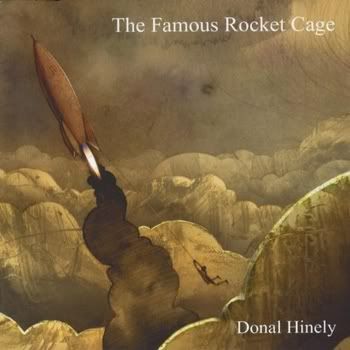
Donal Hinely: Saint Pauline
[purchase]
Donal Hinely knows that a song does not always have to be a poem. He relies on the familiar tropes of country songs, twisting them just enough to make them his own. But Hinely can rise to the occasion when a riff gets up a head of steam. Saint Pauline is a song of gratitude to a loving wife who steered her man onto a better path than he had been on. But as the song develops, it becomes clear that the narrator’s devotion has become almost a religious worship. It sounds over the top as I describe it, but Hinely makes it believable and sincere. This is the kind of poetry that emerges on its own from everyday life, as when someone you might not expect says something amazingly beautiful. And then Hinely returns to his album, with a solid set of country based songs that know what they are, and are very good examples of their type. Within the country/ alt-country spectrum, Hinely demonstrates an impressive stylistic range, and he makes it all work beautifully.
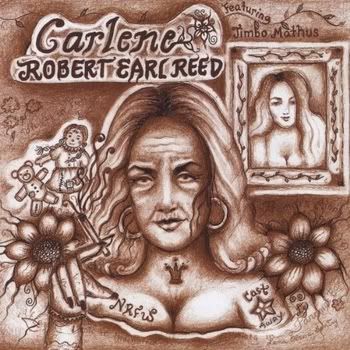
Robert Earl Reed: Road to Hattiesburg
[purchase]
The other songs in this set each get at something real in the world, each in their own way. Robert Earl Reed creates a surreal alternate universe in his songs, and gets at something real by holding it up to this mirror. I would call his words Southern Gothic. His characters are haunted by the threat of Judgment Day, and oppressed by a corrupted humidity in the air. There is a rawness here, (and also some strong language), but it’s not all darkness. There are interludes where love rises from the ashes, or where a person can gain a personal victory, or at least a respite and a safe haven. Road to Hattiesburg introduces this journey, and it depicts a man on the run from memories and personal demons. The only thing he can get on the radio is a tent revival meeting. Where the other songs in this post may have been fine wine, this is strong whiskey that bites on the way down. The music sometimes has hard edges, with a banjo used especially well for this. This kind of thing would be easy too push too far, but Reed gets it exactly right.






1 comments:
Some good story songs - especially the Joe Crookston and Grant Davidson tracks but Robert Earl Reed's "Road to Hattiesburg" was the standout for me. Thanks for the chance to hear these.
Post a Comment